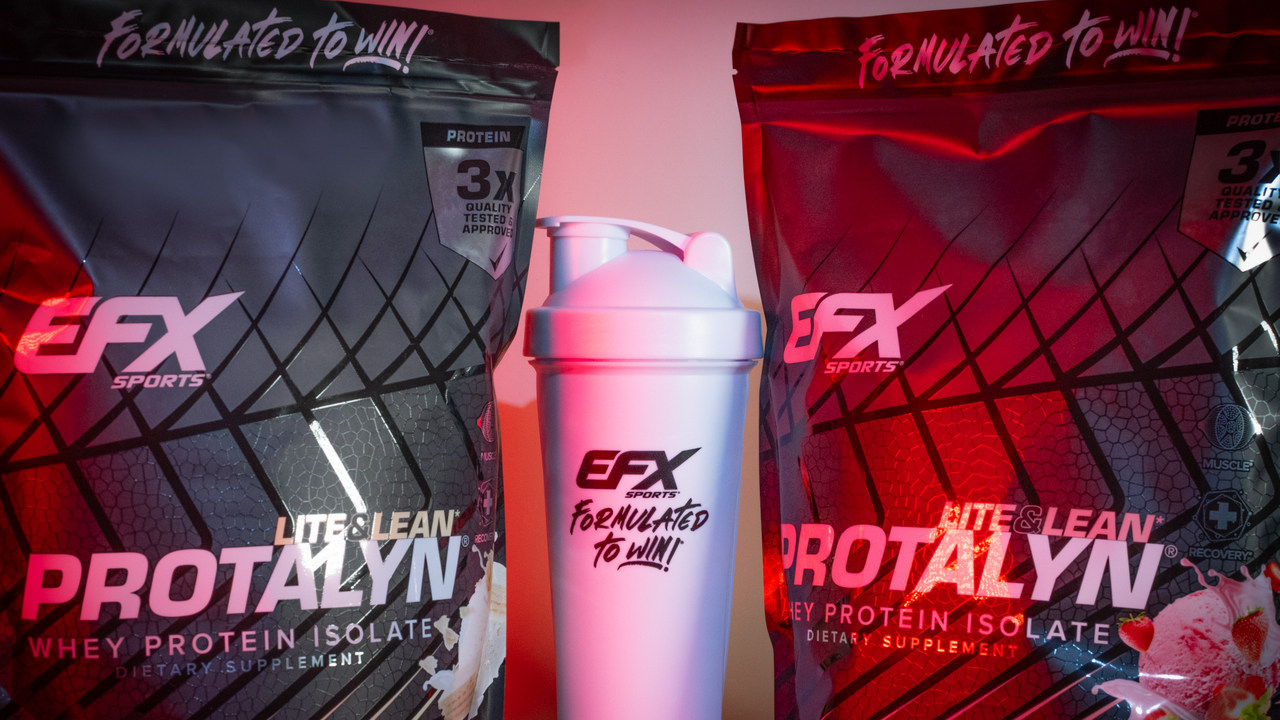
In recent years, one particular whey protein myth has spread across the internet: the claim that whey protein is “only 18% usable by the body,” meaning 82% is supposedly wasted. Sounds alarming, right? This misleading statement, often repeated by online gurus and promoters of the Master Amino Acid Pattern (MAP) supplement, has caused understandable confusion among athletes and fitness enthusiasts.
Let’s set the record straight: this claim is scientifically false, misleading, and based on a nonstandard, self-serving method of measurement that has no standing in modern nutrition science.
The number originates from a 1992 paper by Mauro Lucà-Moretti, who conducted studies on “Net Nitrogen Utilization” (NNU) while developing and promoting his product, Master Amino Acid Pattern (MAP®).
In those studies, Lucà-Moretti compared the nitrogen balance of subjects consuming different protein sources — egg, whey, soy, and his own amino acid blend (SON/MAP). He concluded that most proteins had very low “utilization” rates (as low as 16–18%) and that his proprietary amino acid formula had a “99% utilization rate.”
However, Lucà-Moretti’s methodology did not measure protein digestion or absorption. Instead, it was based on a nonstandard calculation of nitrogen retention, which heavily favored the precise amino acid ratios found in his own supplement. The result conveniently “proved” that MAP was superior to all dietary proteins.
In other words, the “18%” number was more of a marketing gimmick than a metabolic truth acknowledged by the scientific community.
To understand how misleading that 18% claim is, you need to look at how protein quality is actually measured in legitimate nutrition science. Two standardized systems are used worldwide:
Here’s how whey protein stacks up:
| Protein Source | PDCAAS | DIAAS (approx.) | Notes |
|---|---|---|---|
| Whey Protein Isolate | 1.00 | 1.10–1.25 | Fast-digesting, high leucine content |
| Egg | 1.00 | 1.13 | Benchmark for quality |
| Soy | 1.00 | 0.91 | Lower leucine, slower absorption |
| MAP (amino acid mix) | 1.00 | ~1.00 | Fully digestible but not superior to whey |
As you can see, whey scores at the top of both scales, with real absorption rates exceeding 95–98%, not 18%. These numbers mean that whey protein is virtually completely digested and provides all essential amino acids in ideal ratios for human metabolism.
In other words, whey protein is among the most efficiently used and bioavailable proteins known — not 18% usable, but closer to 95–98% absorbed and fully utilized by the body.
Peer-reviewed research consistently demonstrates whey’s superior bioavailability:
These findings utterly contradict the idea of the whey protein myth that 82% of it is “wasted.”
Lucà-Moretti’s “Net Nitrogen Utilization” calculation is not recognized by any major scientific body. It’s a non-standard, proprietary metric designed to highlight the supposed superiority of free-form amino acid mixtures, such as MAP.
Here’s why it doesn’t hold up:
The “18%” number, therefore, represents a cherry-picked artifact of this unrecognized system. It is not a reflection of real protein metabolism.
If MAP were evaluated using accepted methods like PDCAAS or DIAAS, it would score roughly the same as whey: around 1.0–1.1. Because free-form essential amino acids are completely digestible, their PDCAAS can’t exceed 1.0 (the cap), and their DIAAS would hover around 100–110, depending on formulation.
In other words, MAP doesn’t outperform whey at all when measured by objective standards. It only looks superior under its own self-invented metric.
Let’s summarize the facts:
When you use credible metrics, whey protein doesn’t just hold its ground, it sets the gold standard for protein quality.
So, the next time someone claims that “whey protein is only 18% usable,” remember: that number is marketing spin, not science.